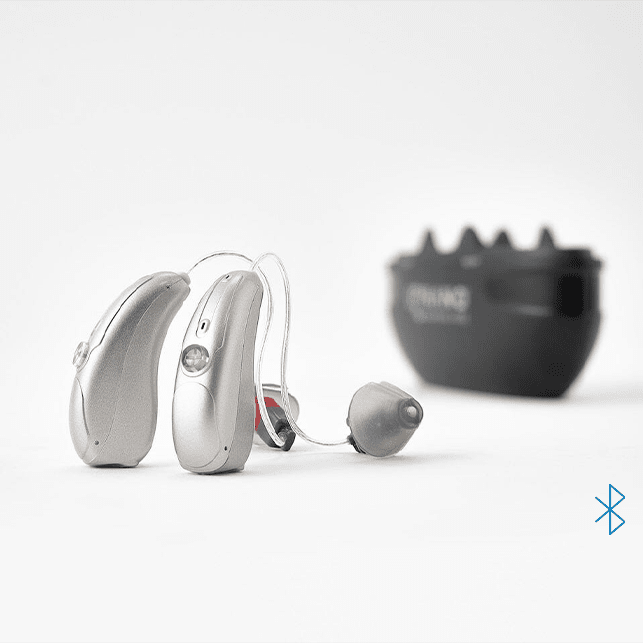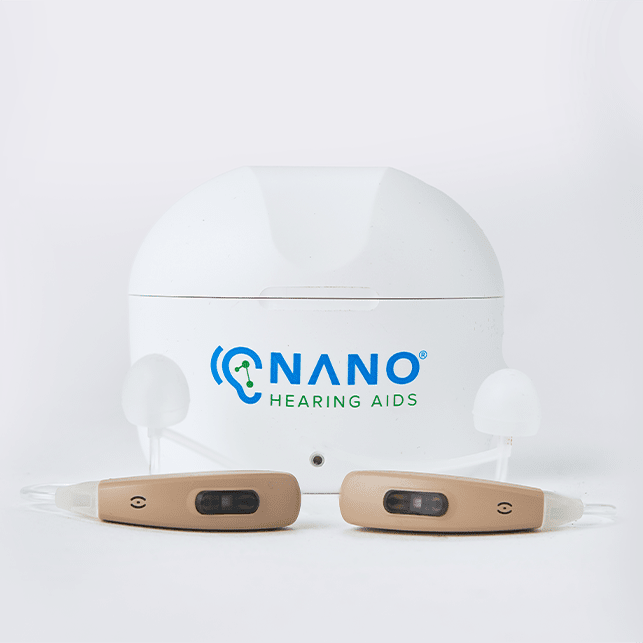Consumer Guide to Affordable Hearing Aids
The ability to hear is a precious gift that many people take for granted. Those who suffer from hearing loss, whether from a broken ear drum or another cause, often need help in the form of a hearing aid to let them experience the world around them in the same way as those without trouble hearing.



